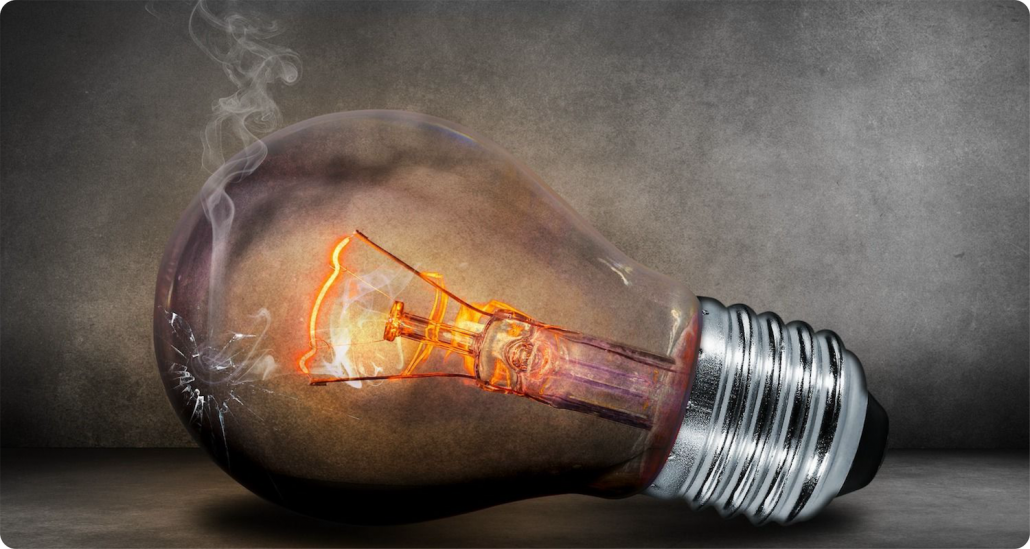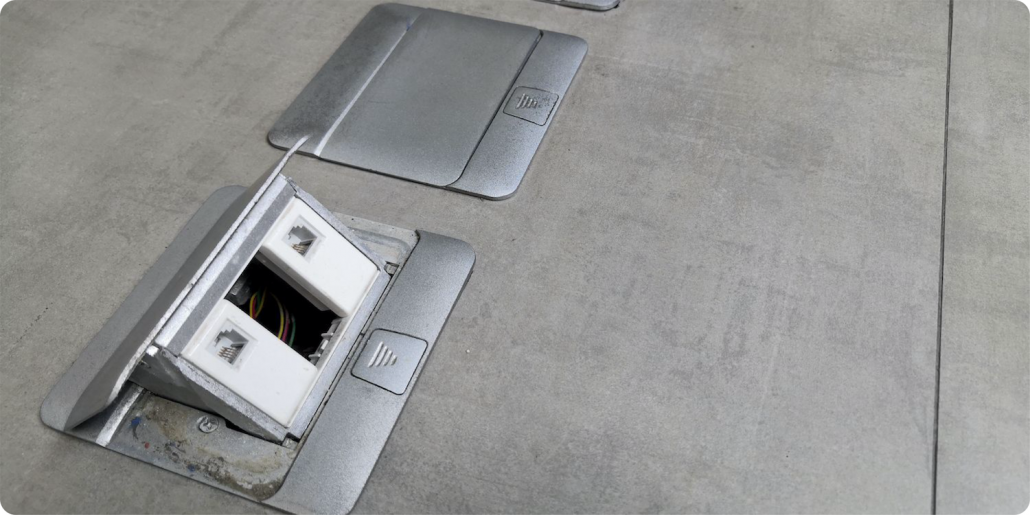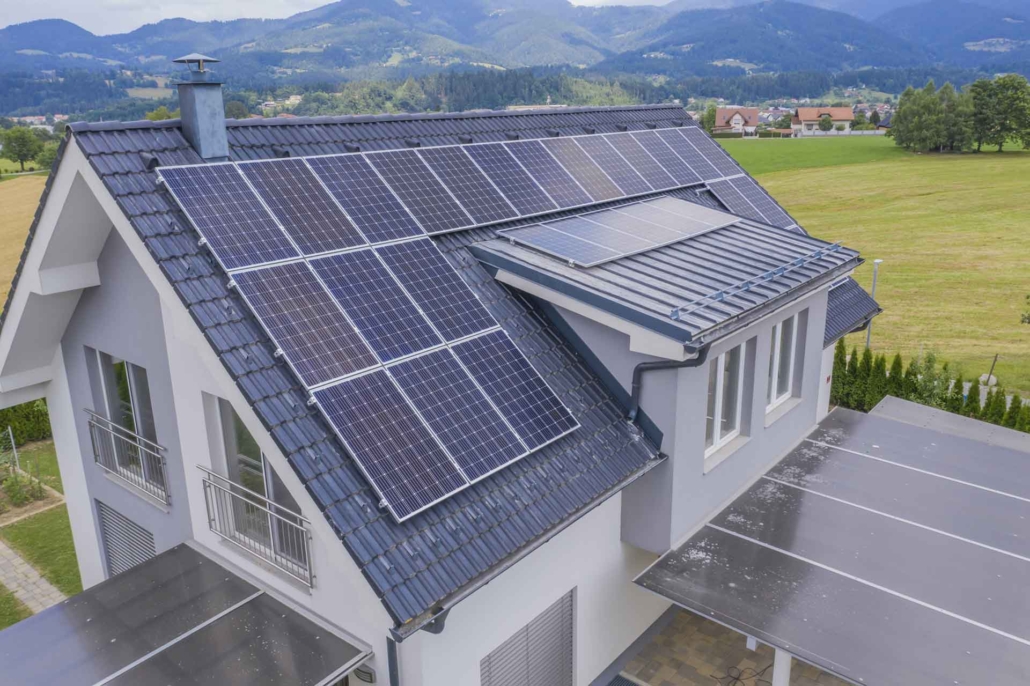December 14, 2020 | Cristina Dinulescu
When comparing gas clothes dryers with electric clothes dryers, you’ll discover that the two have very different needs. For one thing, the gas dryer burns either natural or liquid propane (LP) gas to produce heat. On the other hand, it also uses 120-volt electrical current to spin the dryer and run the controls, while the electric dryer outlet needs to be running on 240-volt current.
Not only that, but it also requires a different receptacle and a special heavy-duty appliance cord, coming with a specific plug. The electric dryer is sometimes a much more convenient option than the gas, especially if you don’t have a gas line. It is estimated that 80% of households have one, adding up to an energy consumption of 638 TBtu per year. However, the electric dryer outlet can show signs of failure.
If you notice that your dryer is not functioning properly, the first sign being that it’s not drying your clothes adequately, then you need to correctly identify the problem. If it’s not working at all, then check the electrical panel, as the circuit breaker might be tripped. If it’s working but not properly, or the outlet itself is showing signs of failure, then have a licensed electrician take a look. There can be several issues with the outlet.
1. Loose Wires
One of the causes for which your dryer may not be functioning properly is the electric dryer outlet. Both the outlet and the cord could be getting hot. Even though the dryer itself might not be getting hot, it still constitutes a problem, because this may be an electrical fire just waiting to happen. As you know, poor electrical connections, both at the connection point of the cord and outlet and electrical terminals, are often regarded as the cause of electrical fires in homes.
The electric dryer outlet may have a detached electrical connection, under the burnt terminal, where the feeder wire lands. What happens next is an increase in resistance, which generates heat. As the demand for current coming from the dryer increases, the heat grows. This causes the plastic housing around the blades of the electric dryer cord to heat up.
It is best to call a licensed electrician to inspect your dryer and not do these checks by yourself. The electrician will inspect the dryer circuit. They’ll have to make sure that the dryer is turned off and remove the electric dryer outlet in order to inspect the wiring. In case of any arcing and signs of black soot, the electrician should pay close attention to the circuit wiring. He’ll need to make sure that circuit, as well as the wiring configuration are correct by looking at the wire connections attached to the plug.
2. Bad Connections
The connection between the cord plug and the outlet can have the same effect as a loose wire. A bad connection can cause a heat buildup on the cord blade and the outlet post. In order to see any sign that something is wrong, you need to look at the outlet. If you plug the cord into the outlet, but it looks as if it’s falling back out, then this can mean that the finger grips are worn out and you should have the electric dryer outlet replaced.
You can also check the tension within the outlet, in order to determine if it has sufficient amount of tension. You can do that with a tension-checking tool, which you’ll easily find at your local electrical supply store or in the electrical department of any hardware store.
3. The Cord Itself
One other thing that your electrician will check is the dryer cord itself. He will have to make sure not only that the connections of the dryer wiring terminals are correct, but also that the dryer itself is adequately grounded and bonded.
When verifying the cord, the electrician will look for any signs of damage, like hot melting marks around the prongs or other signs that the cord has in fact overheated. If these signs are identified, you should consider replacing the cord to prevent any future problems.
For 240-volt electric dryers, there are two different styles for outlets and plug-in cords. There is a 3-slot outlet that corresponds to appliance cords with three prongs, as well as 4-slot outlets for cords with four prongs respectively. Throughout the U.S., there are numerous dryer outlets of both kinds, although the 4-prong outlet is a newer installation.
Older houses that do have an electric dryer outlet, as not all of them do, may only be a 3-prong. The 3-prong outlets are two hots and a ground. A 4-prong outlet is two hots, a neutral and a ground, the ground being a backup to the neutral. However, some newly purchased clothes dryers come with no cords at all and this allows you to choose and install a cord that matches the electric dryer outlet in your house.
Testing The Electric Dryer Outlet
After the dryer circuit components have been verified, repaired and tested, the electric dryer can be turned back on. Additional voltage tests are recommended at this point. There are several steps that the electrician will take to conduct these tests:
- The circuit needs to be tested for the reading of 220 to 240 volts between the two power sources, plus 110 to 120 volts between each power source to ground and each power source to the neutral.
- The integrity of the dryer circuit cable and wiring needs to be checked to ensure it’s adequate, similar to a dedicated 240 volt 30 amp circuit.
- The circuit breaker wire connection for each wire should be checked.
- The electrician will check the connection of the neutral wire to the main neutral terminal strip.
- The electrician will check the connection of the ground wire to the grounded terminal strip.
- The electrician will check if the entire electric system is adequately grounded and bonded as required.






